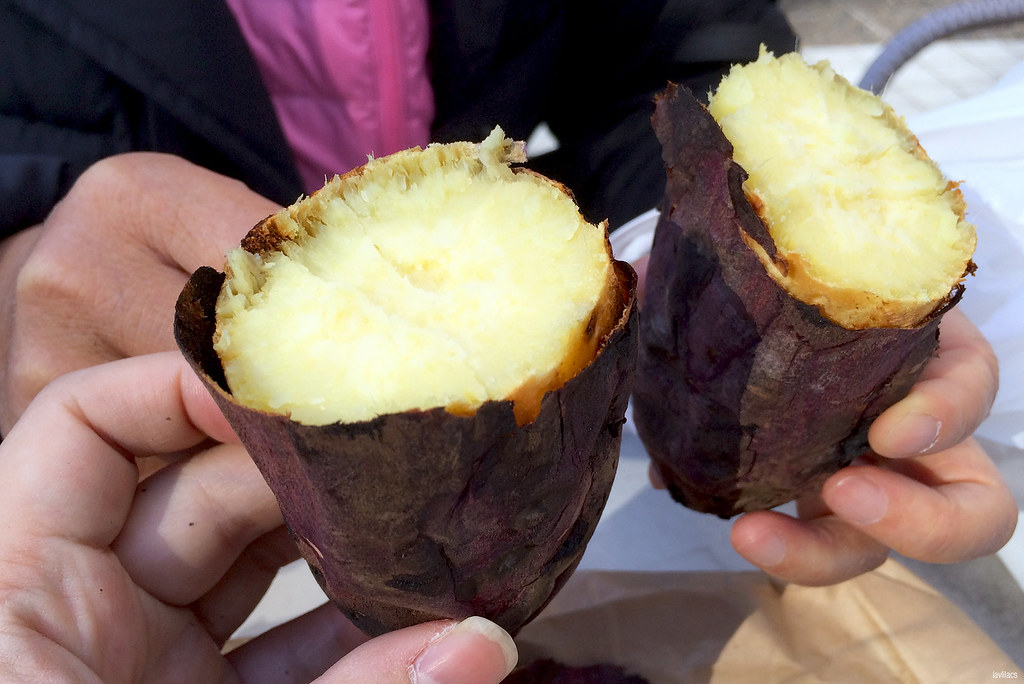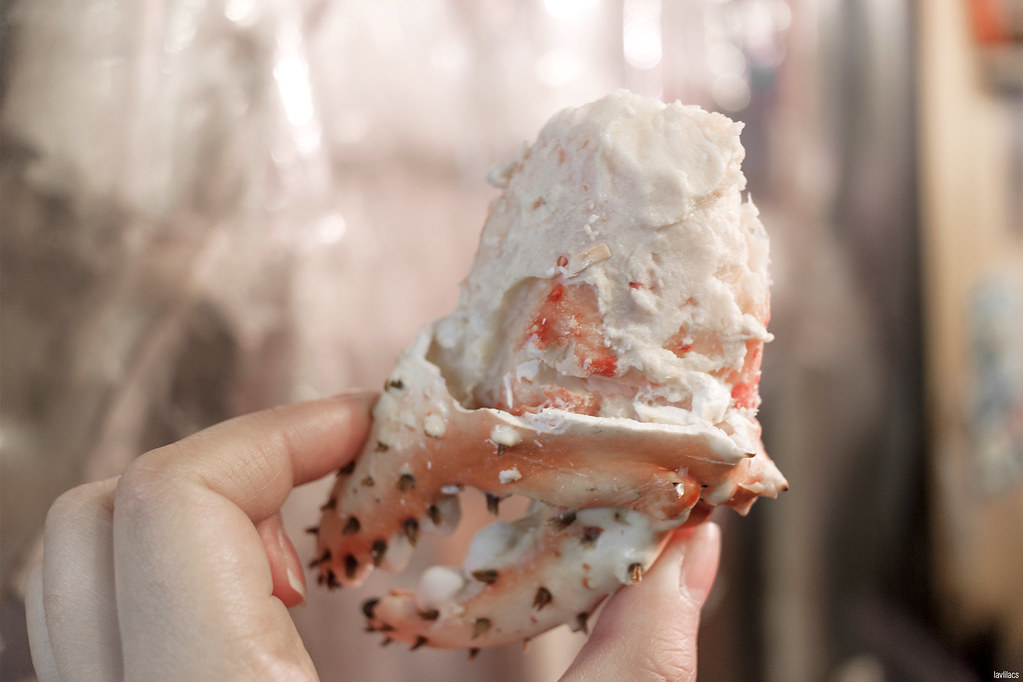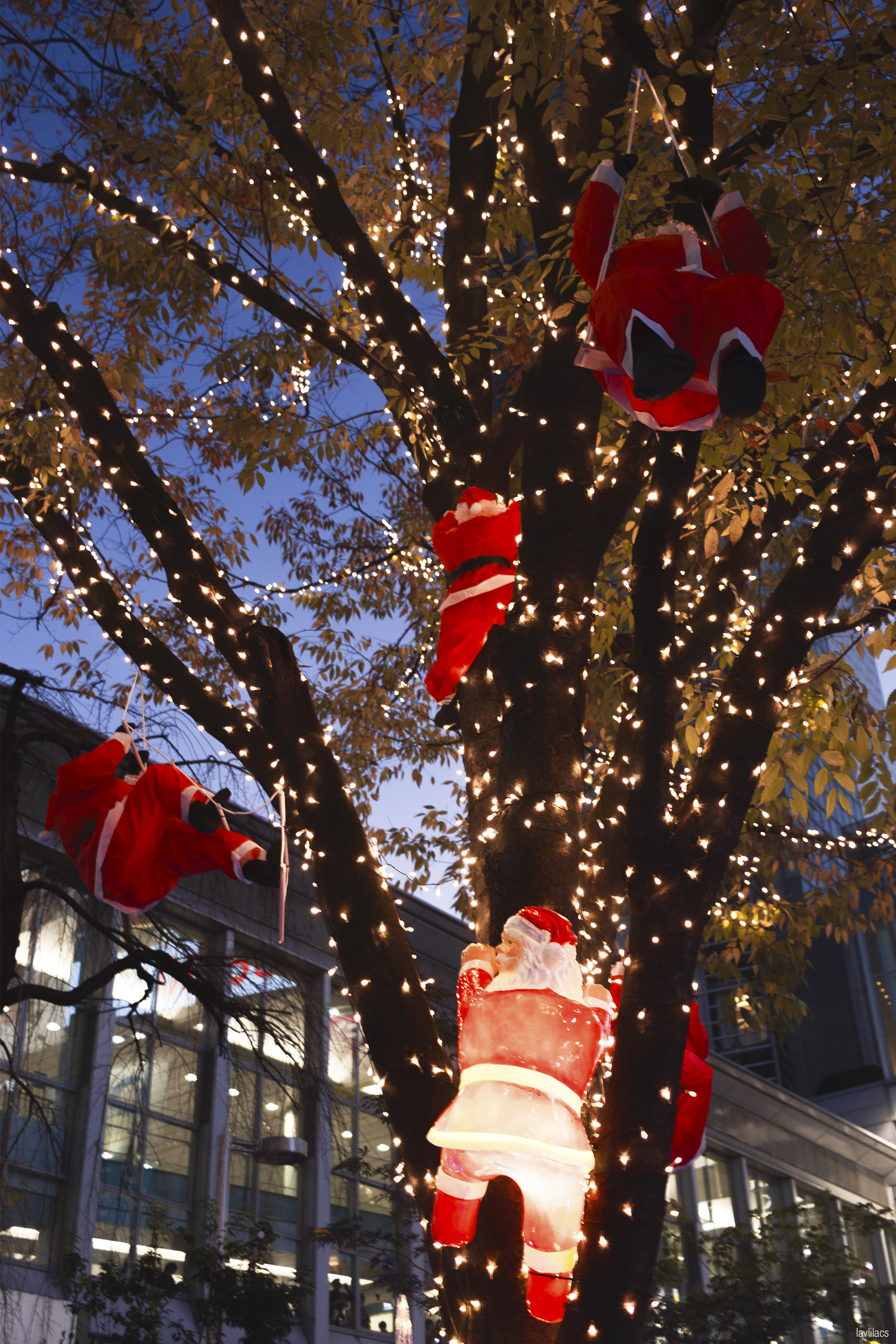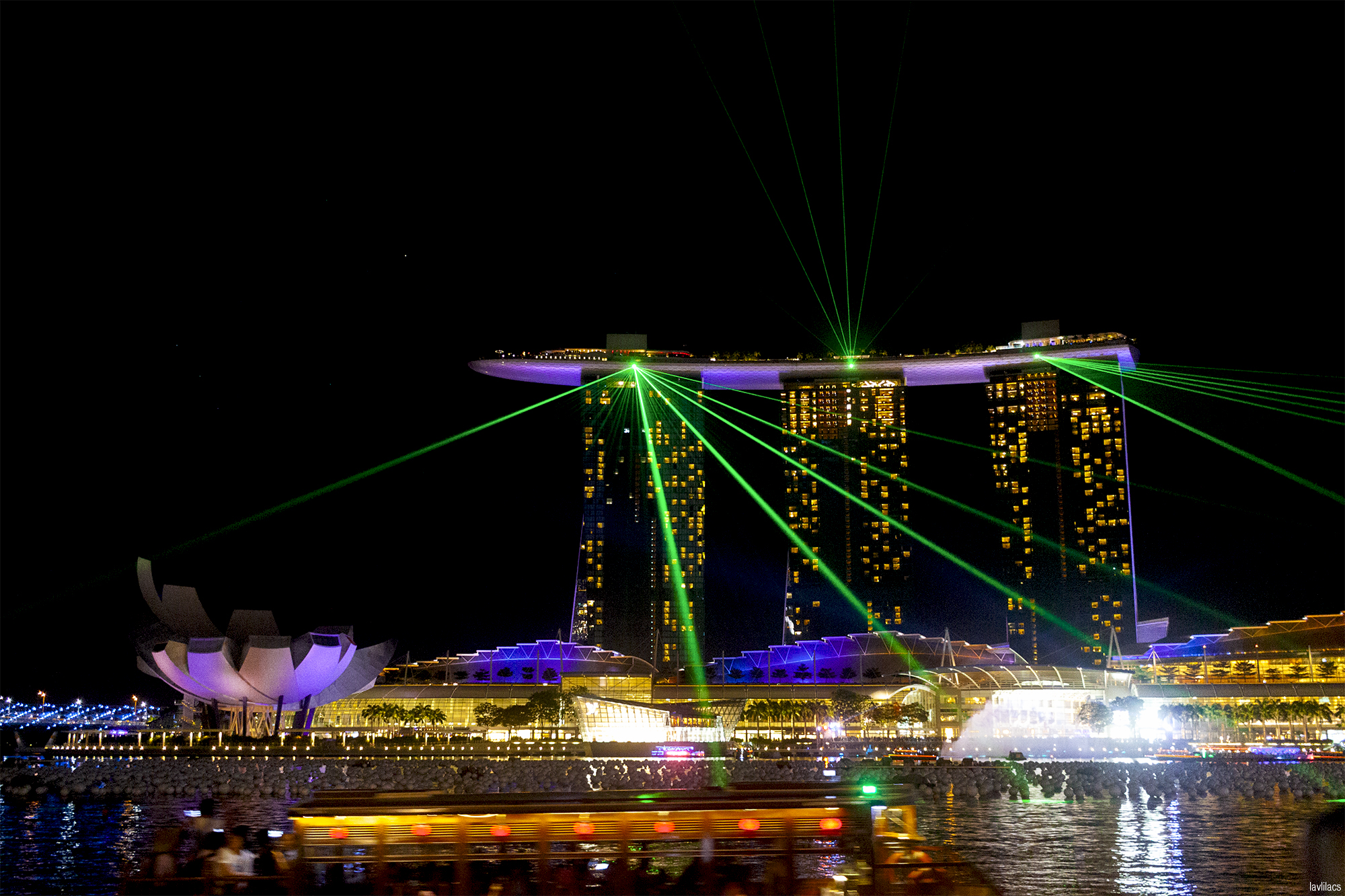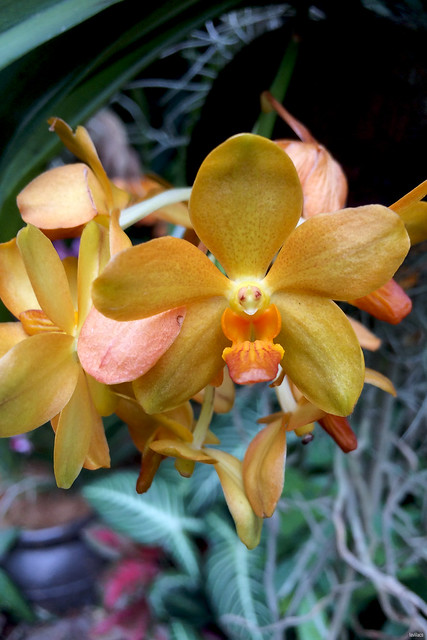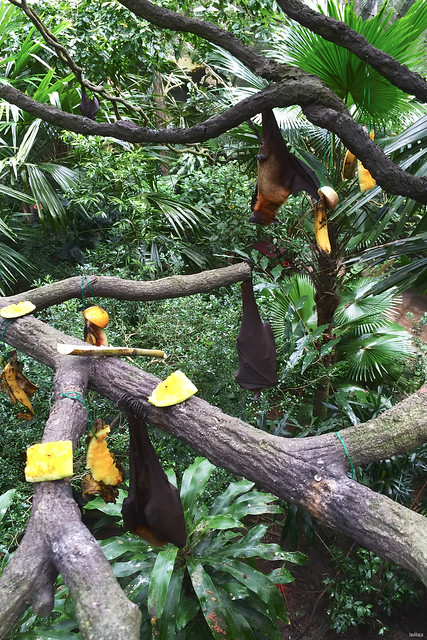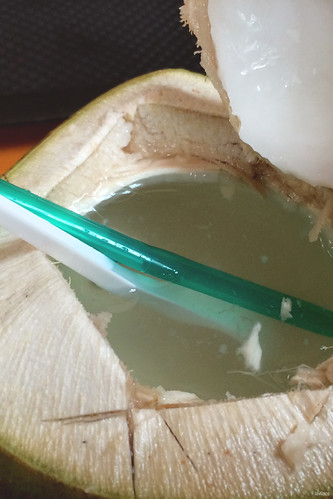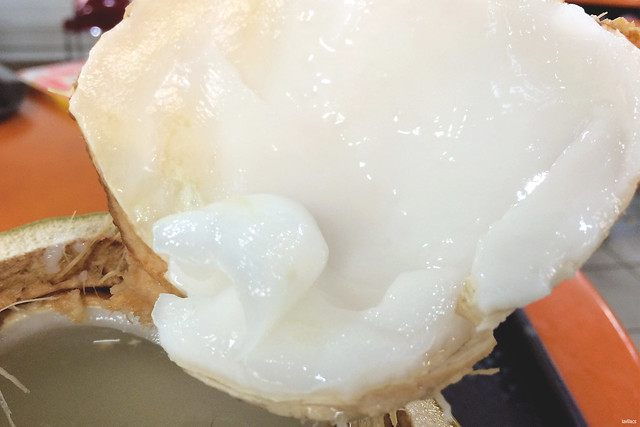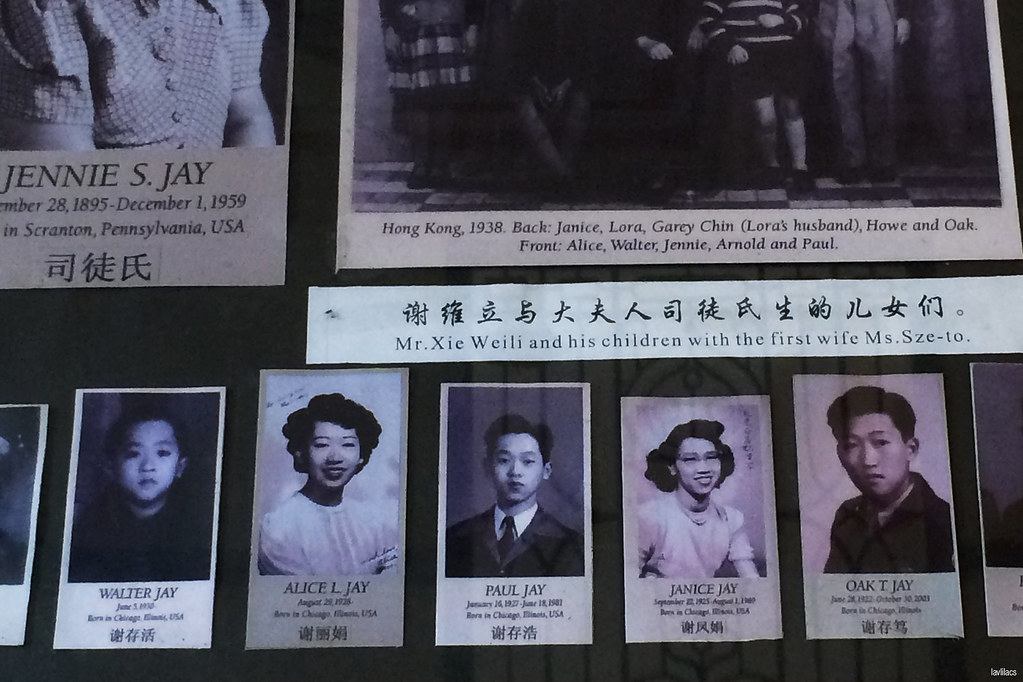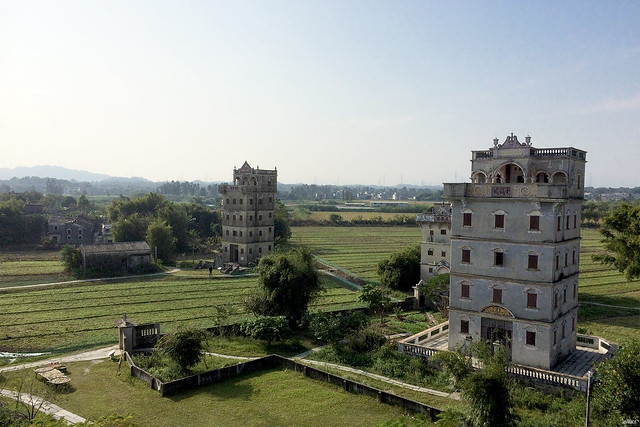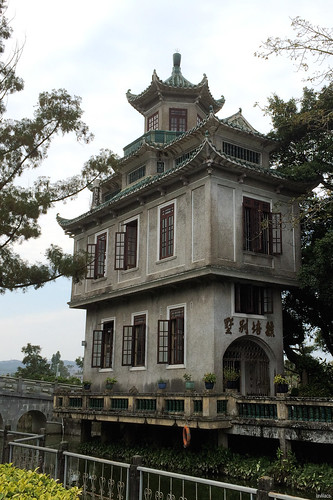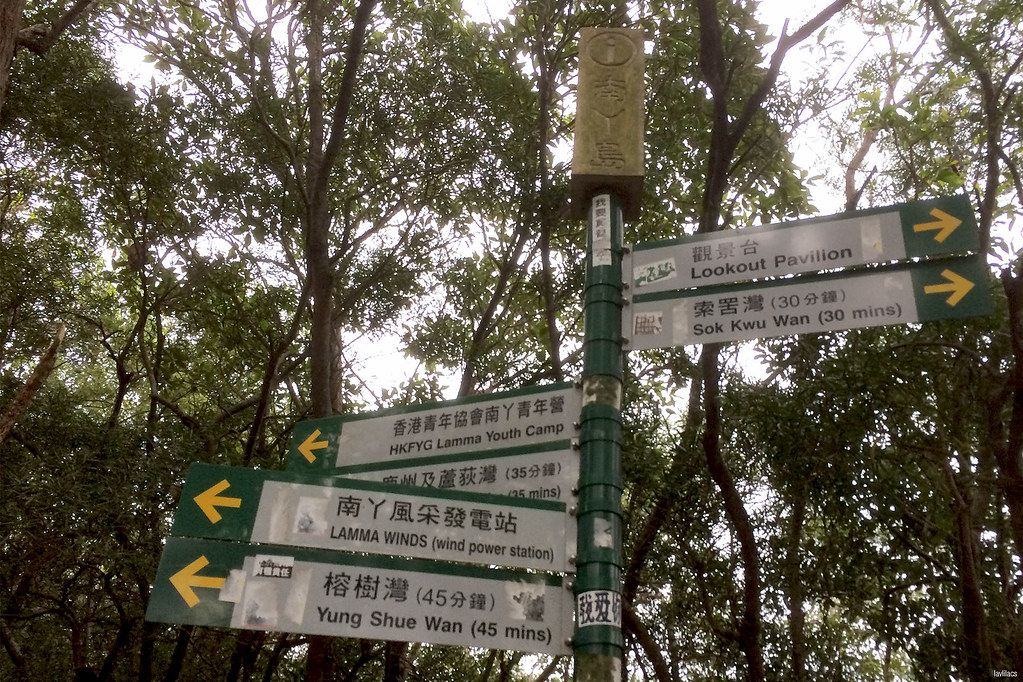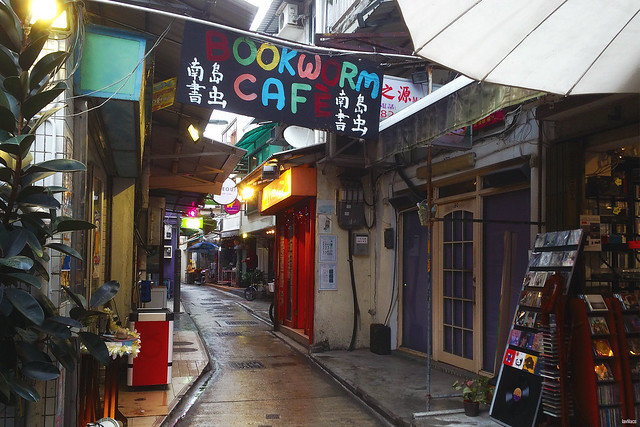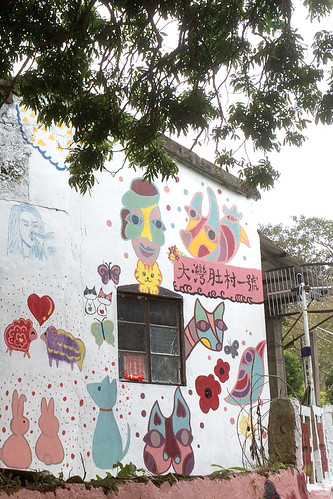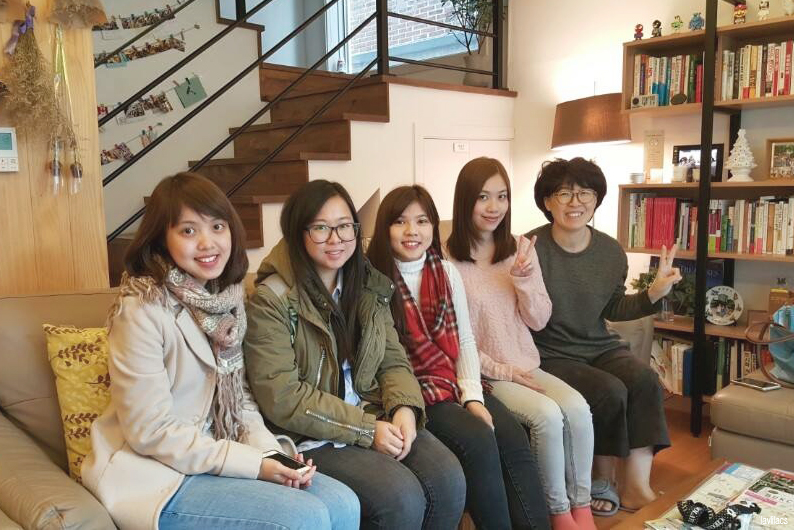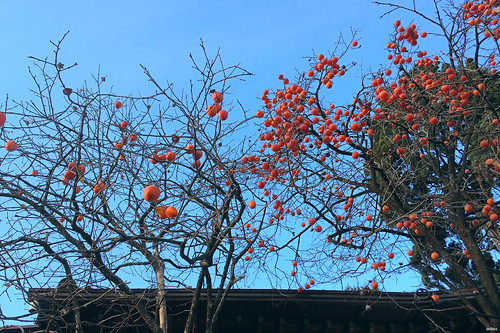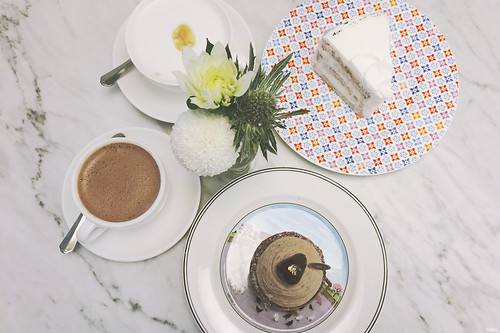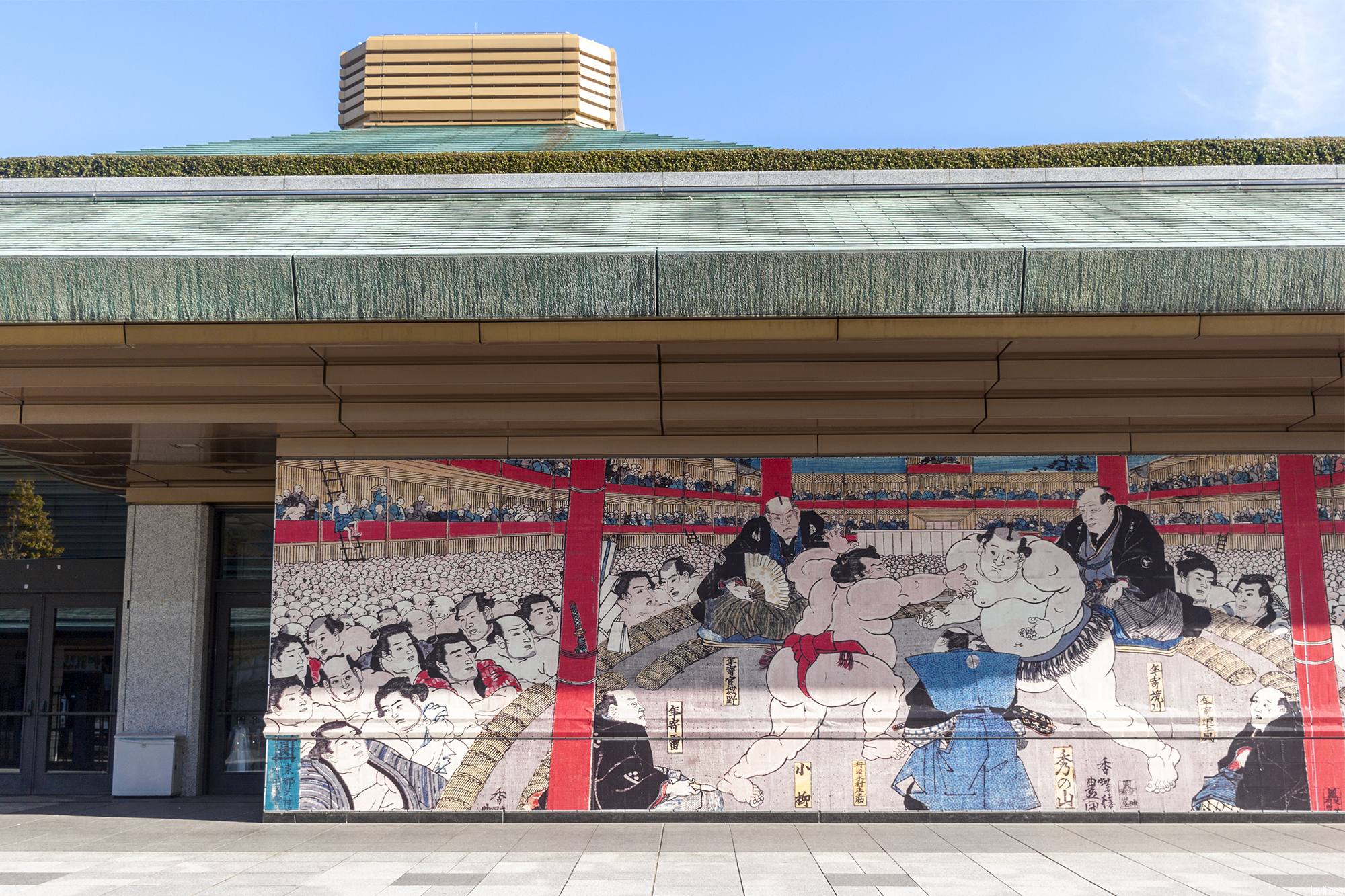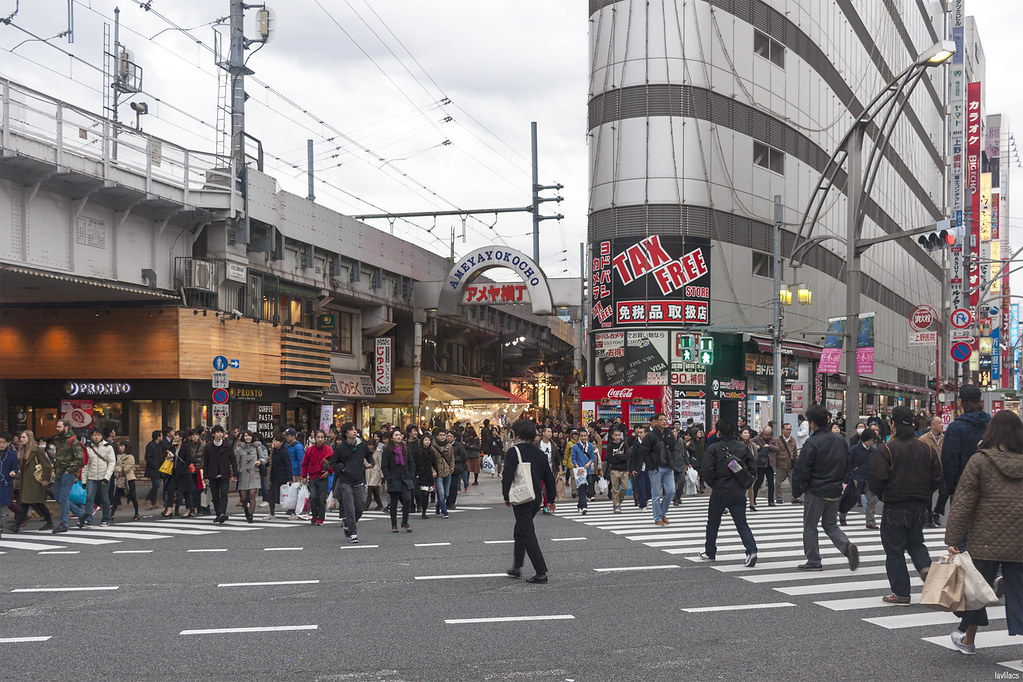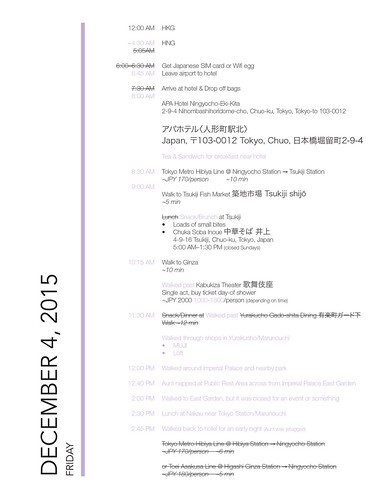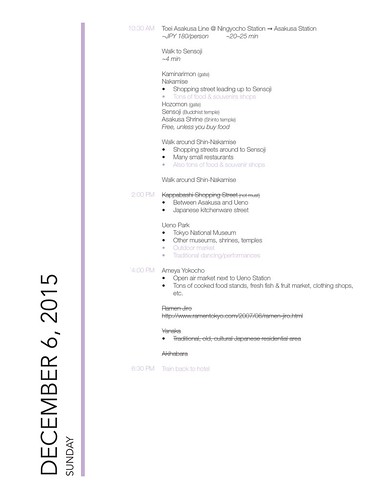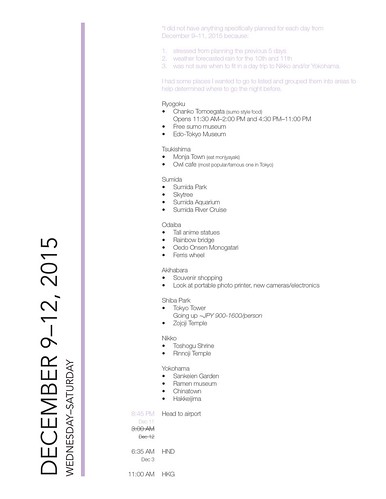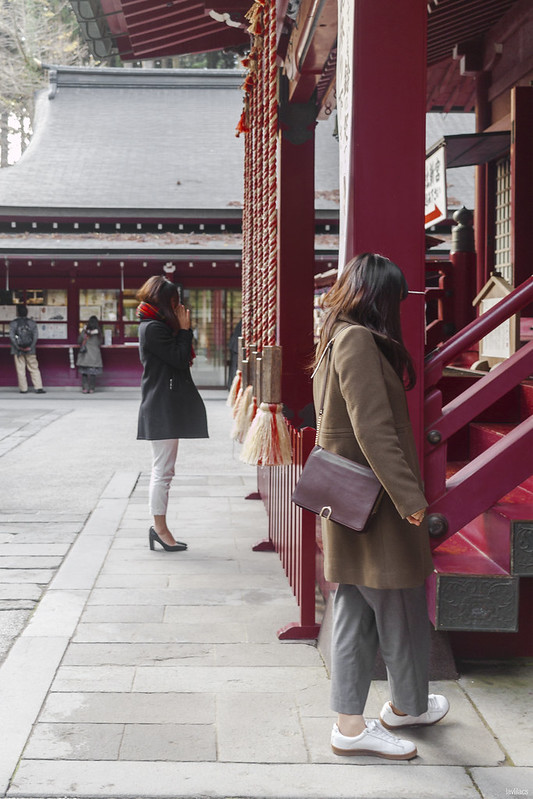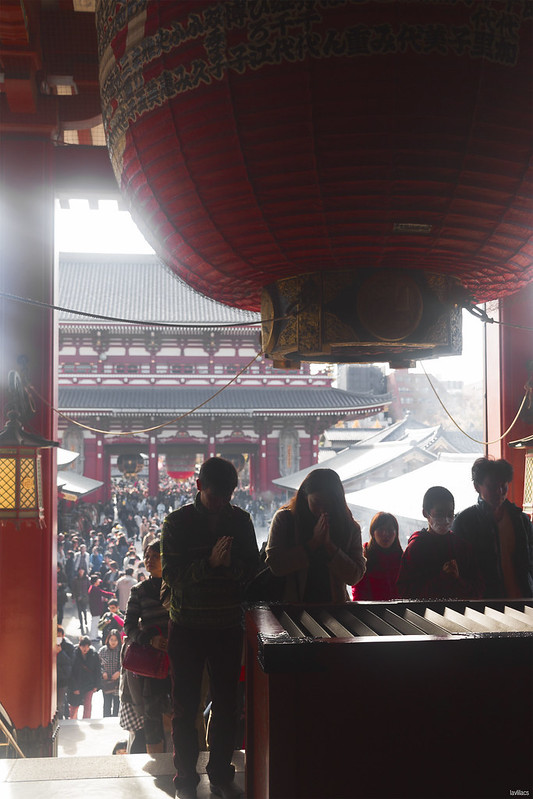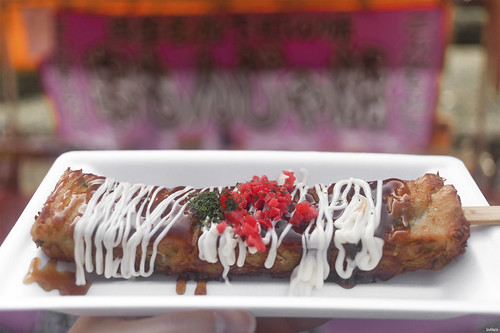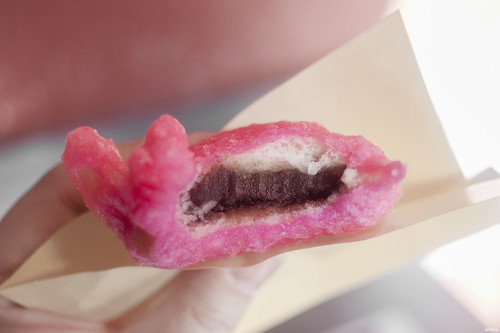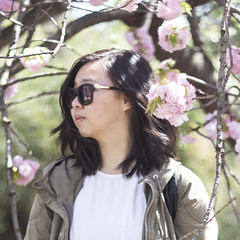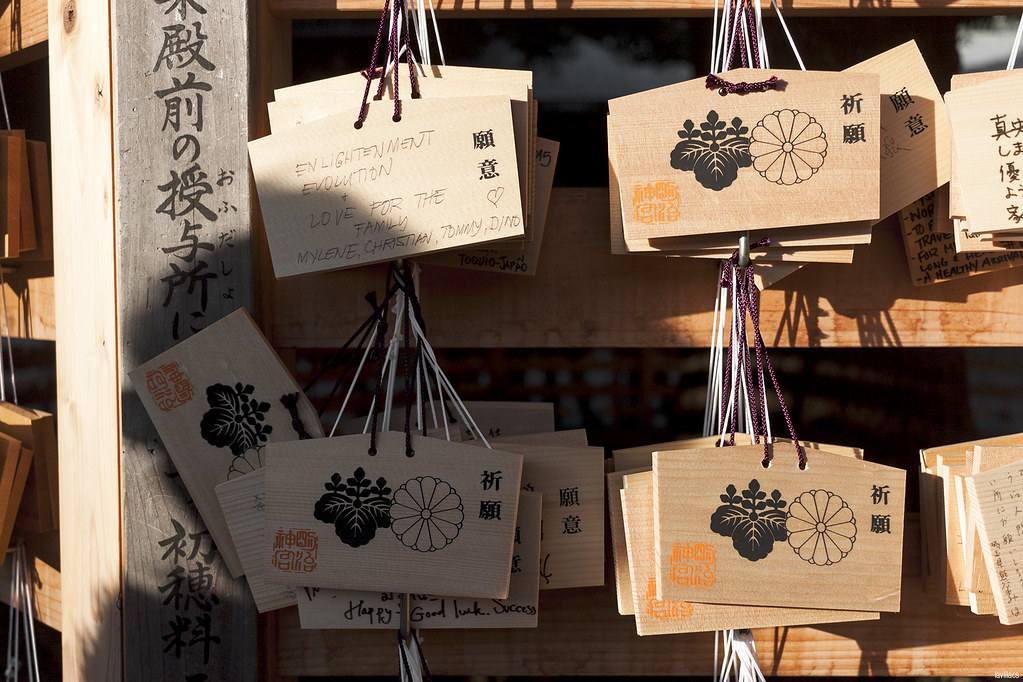
My Aunt and I are not very religious people. Heck, my Aunt is not even the superstitious type. Nonetheless, it is almost impossible to visit Japan and not see temples and shrines. The architecture and history behind every one are extraordinary. Some were wonderful places to people watch and others were great to soak in the quietness and greenery which surrounded the buildings.
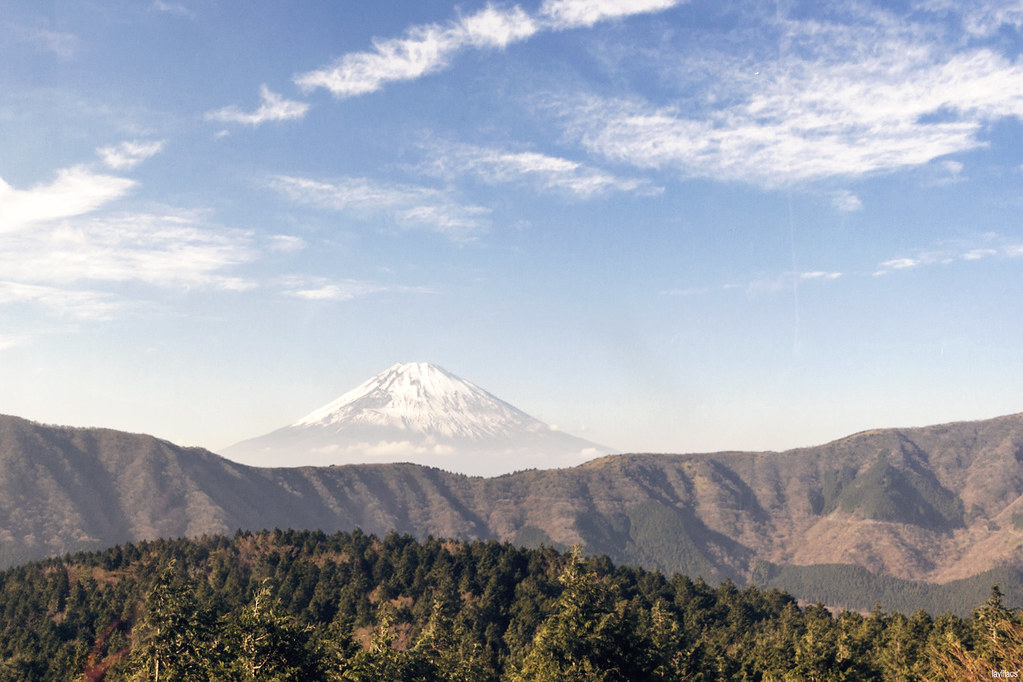
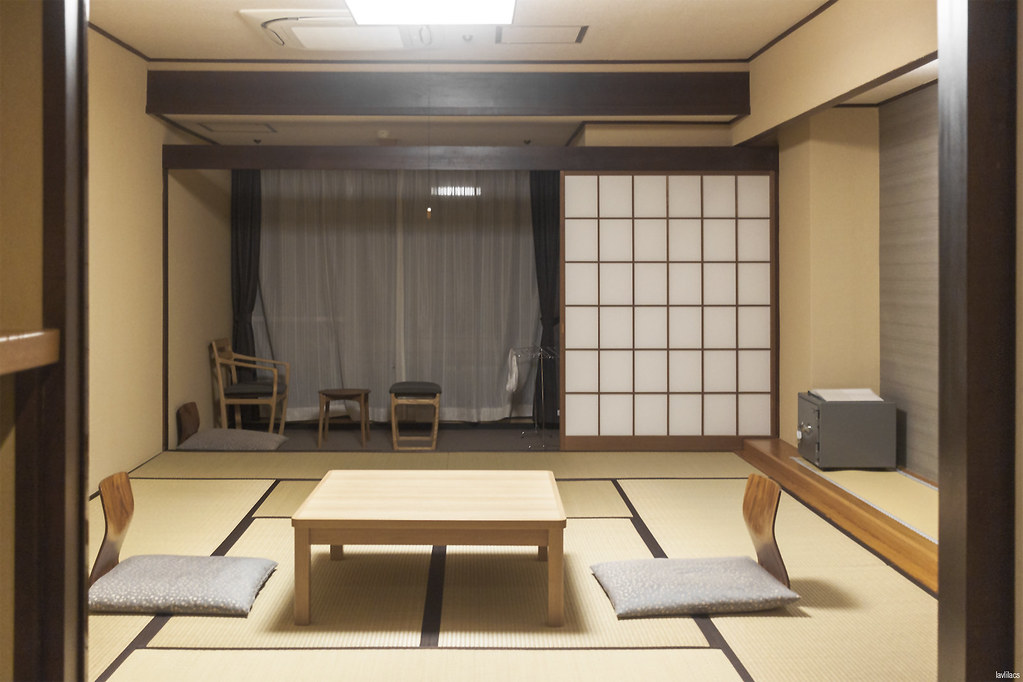
Since I made the decision to focus on and around Tokyo, I could not miss the opportunity to see Mount Fuji. I consulted with some friends who had been before and scoured the internet for recommendations. Most resources pointed me to joining 1-Day guided tours of Hakone. Once I found out that Hakone was also an onsen (hot spring) area, it was a no-brainer to try and find our own way around so we could stay overnight. I chose to book at the Hakone Pax Yoshino Hotel for the price and location to Hakone Yumoto Station. It was also one of the few moderately priced onsen hotels that had in-room wood bath soaks and set meals available at the time.
It was much easier to travel around Hakone than originally anticipated. There is an Odakyu train line that runs from Shinjuku to Hakone. Once there, they already have a pre-planned route around the city that allows visitors to see Mount Fuji and Lake Ashi. The loop includes train rides, cable cars, ropeway cars, and even boat rides. This seems like it would be a headache because of all the potential tickets and places where problems could pop up, but there are day-passes available which allow unlimited rides on all the modes of transports in Hakone under the Odakyu company. We were thankfully lucky enough to see Mount Fuji the day we visited because it is said that the mountain is usually clouded with fog and mist too thick to see through.
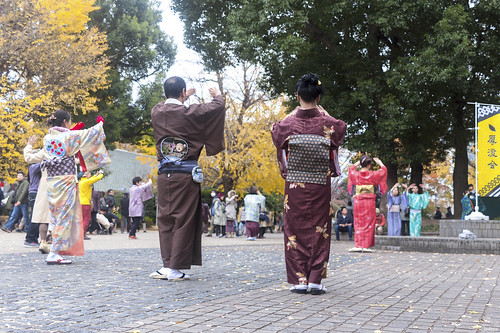 | 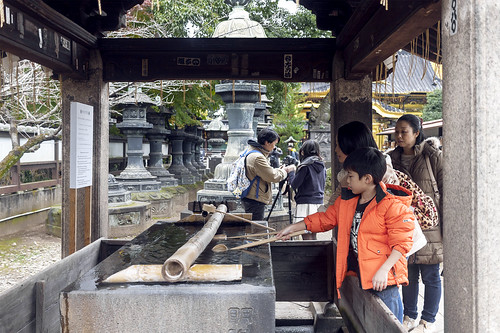 |
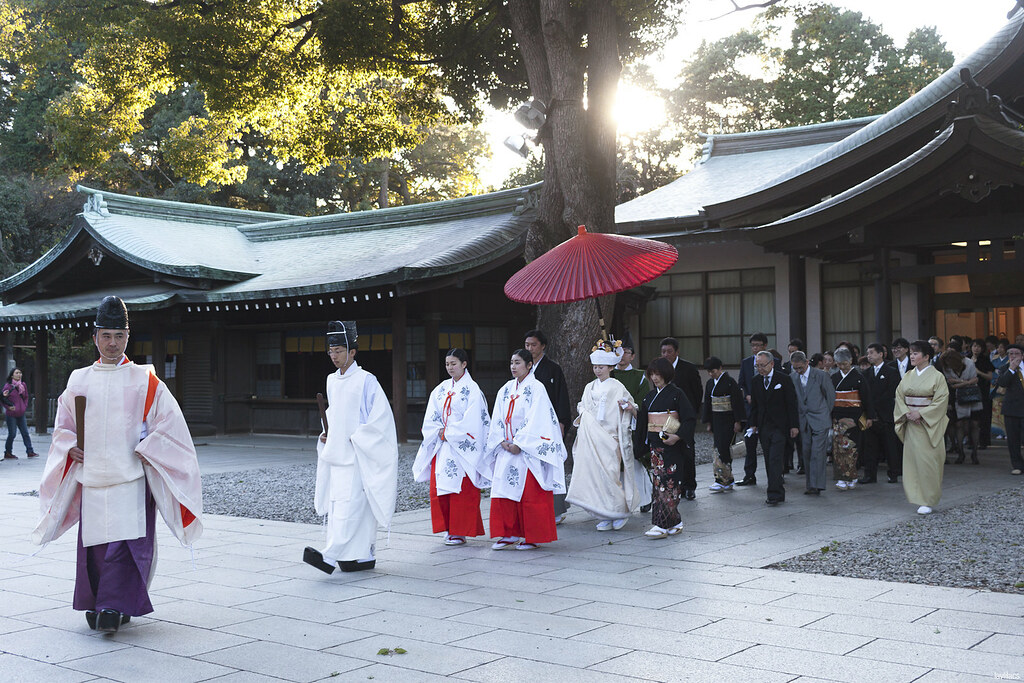
No matter how much one can plan to do, there are always certain things that cannot be predetermined. Sometimes the most interesting things are completely unexpected. Ueno Park and Meiji Shrine are huge tourist attractions. It is easy to forget that they're still both places that Japanese people do still go to as well. We saw many families and elderly there just strolling and chit chatting. We heard upbeat music playing and found a group of people dressed in yukatas dancing to the beat in a large circle. We walked past a gate at the shrine and found people being ushered to the sides to clear space for a traditional wedding procession. These were all things that we just chanced upon and not experiences that money could have bought us,
natural interactions between the locals.
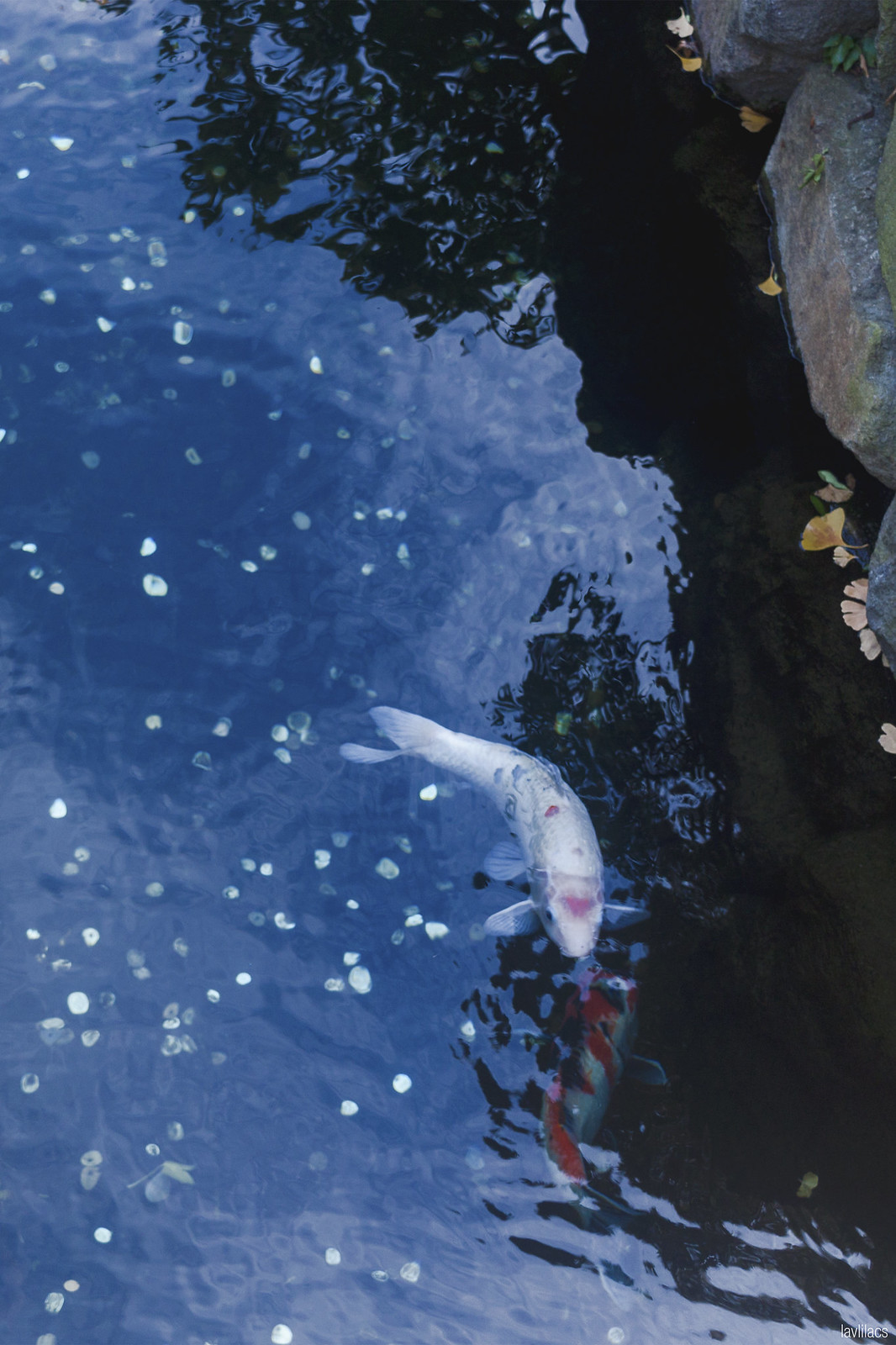
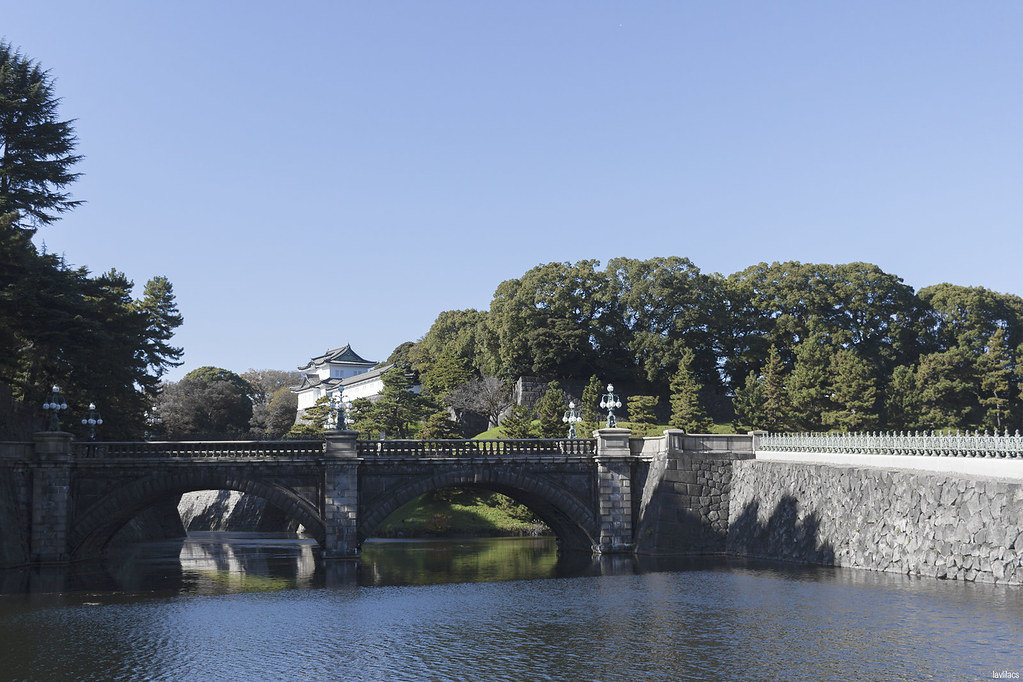
Of the days that I painstakingly planned out, a majority of it didn't go 100% as expected. We didn't always go to every single place on the list. There were days when we changed the itinerary out of the blue. It was also hard to predict the weather a week ahead while I was in the planning stages so there were rainy day options in case the mother nature caught us by surprise. Certain days' plans were more flexible than others. Other occasions, it was pure indecisiveness which led to somewhat spontaneous decisions.
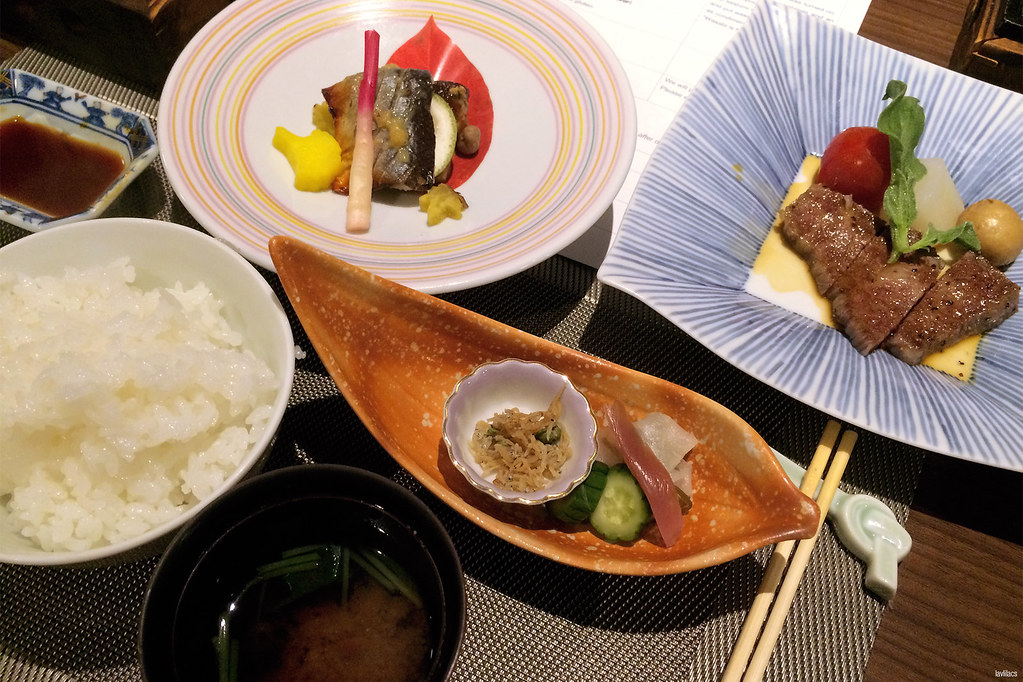
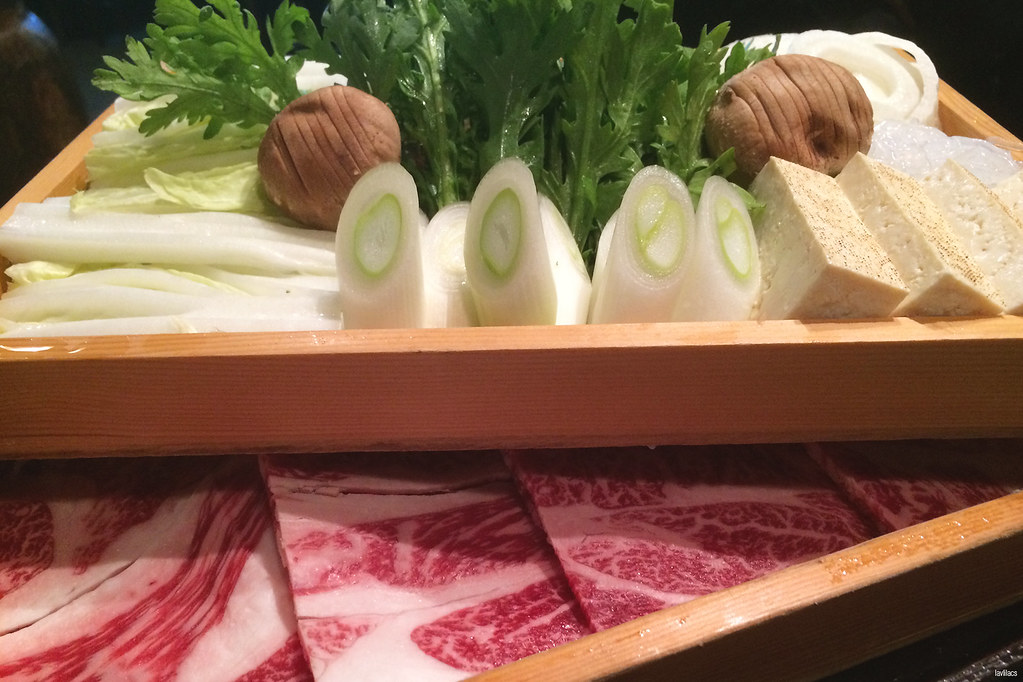
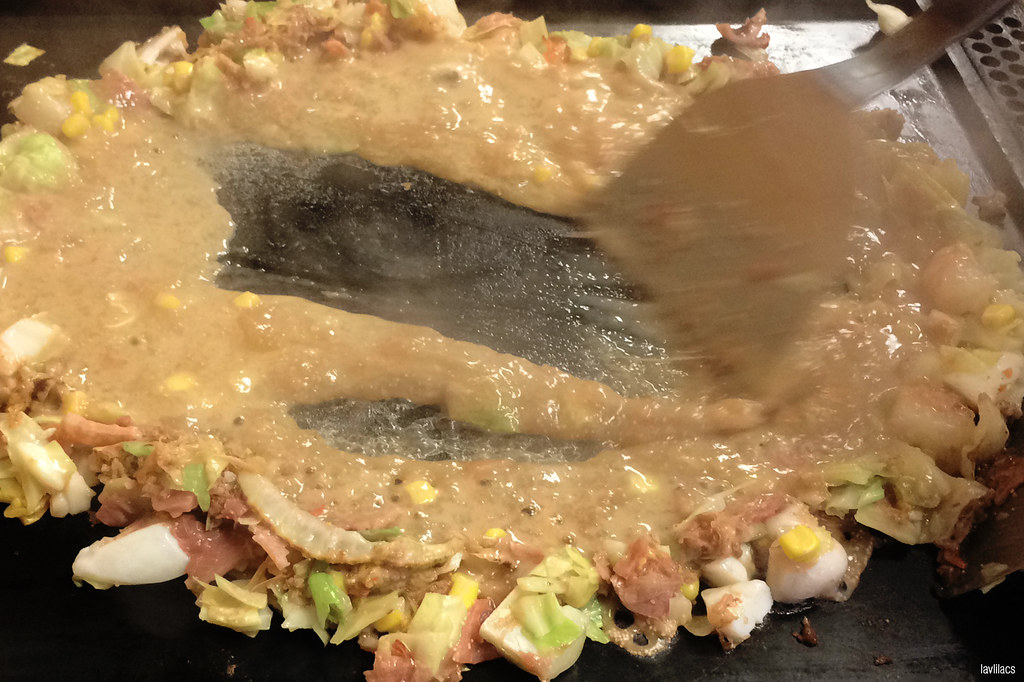
Like how there were a few places I had to visit, there were a few very specific things I had to eat. The first was ramen at Chuka Soba Inoue at Tsukiji Outer markets. Another was chankonabe at Chanko Tomoegata. I also wanted to have set course meal at an onsen hotel. Yet another was sukiyaki. The last was monjayaki. Unlike the ramen and chankonabe spots, where I had precise places I wanted to try, the other three were just foods that I wanted to eat with no particular place in mind.
I chose to eat those foods wherever convenient rather than planning sights around specific food places. I was able to get a taste of the
course meal at our hotel in Hakone. My Aunt spotted a
sukiyaki/shabu shabu places during one of our visits to Asakusa. I guess the exception might have been the monjayaki since we did make a trip to Tsukishima just to visit the
monjayaki street. Once we were there, any restaurant would have satisfied my curiosity.
